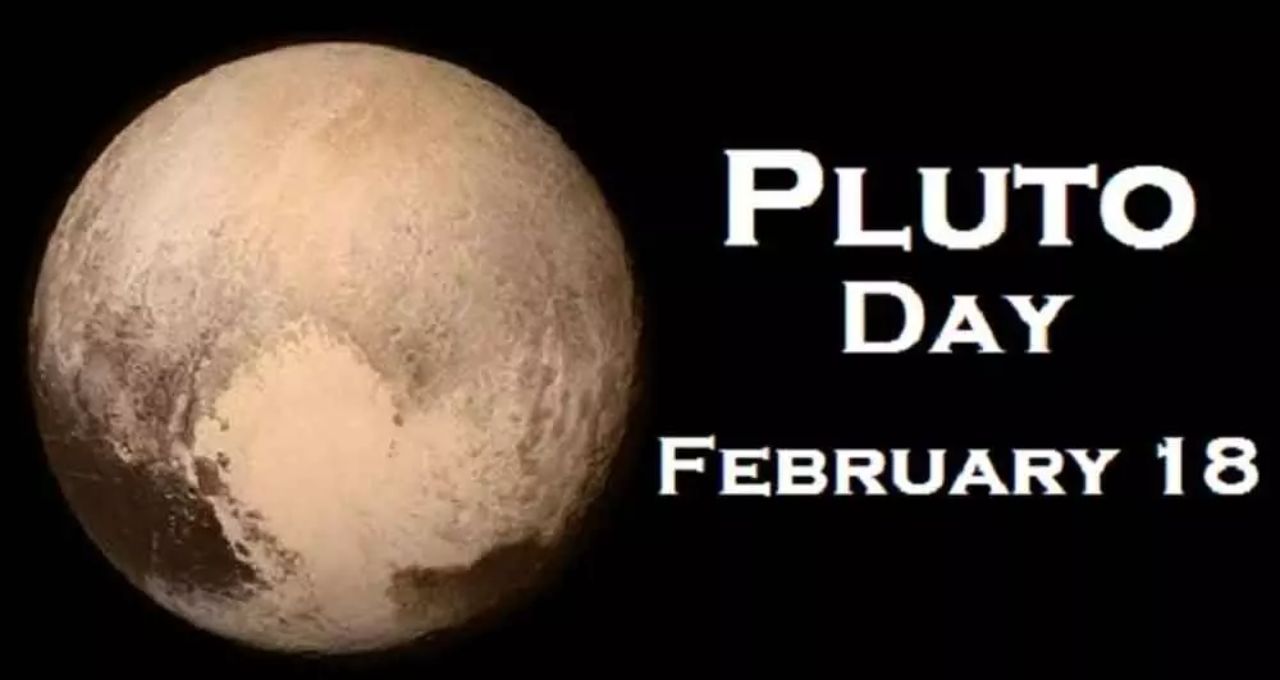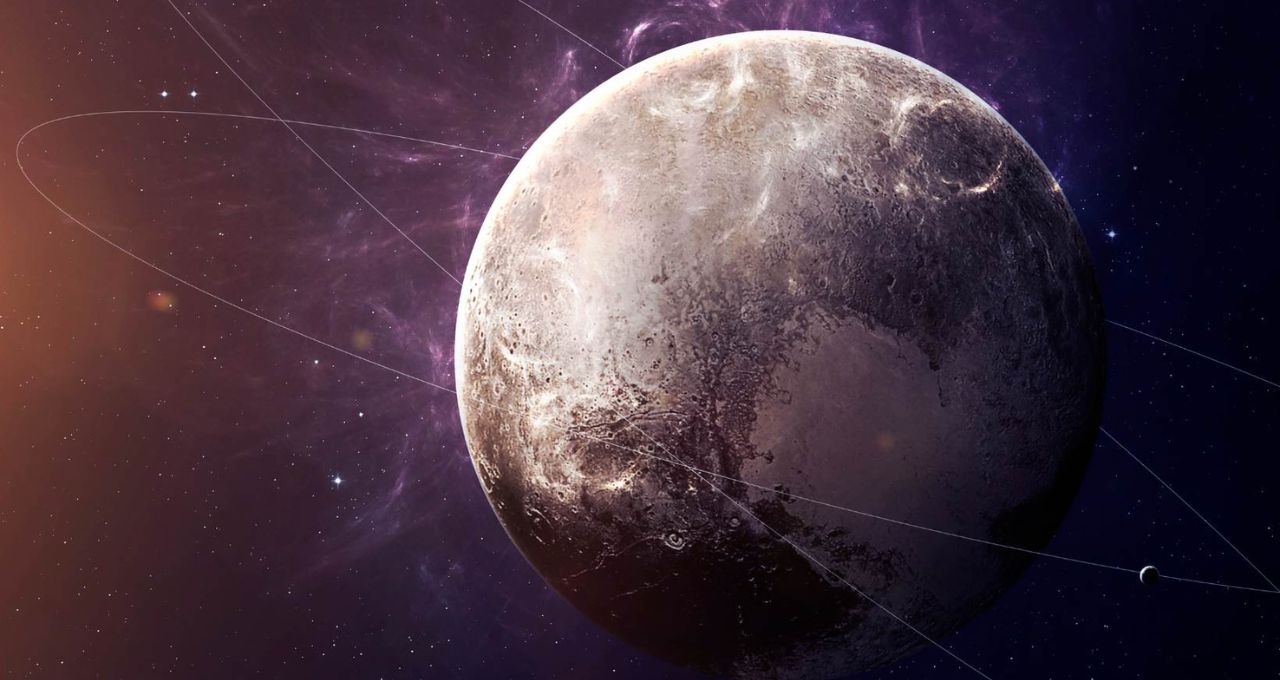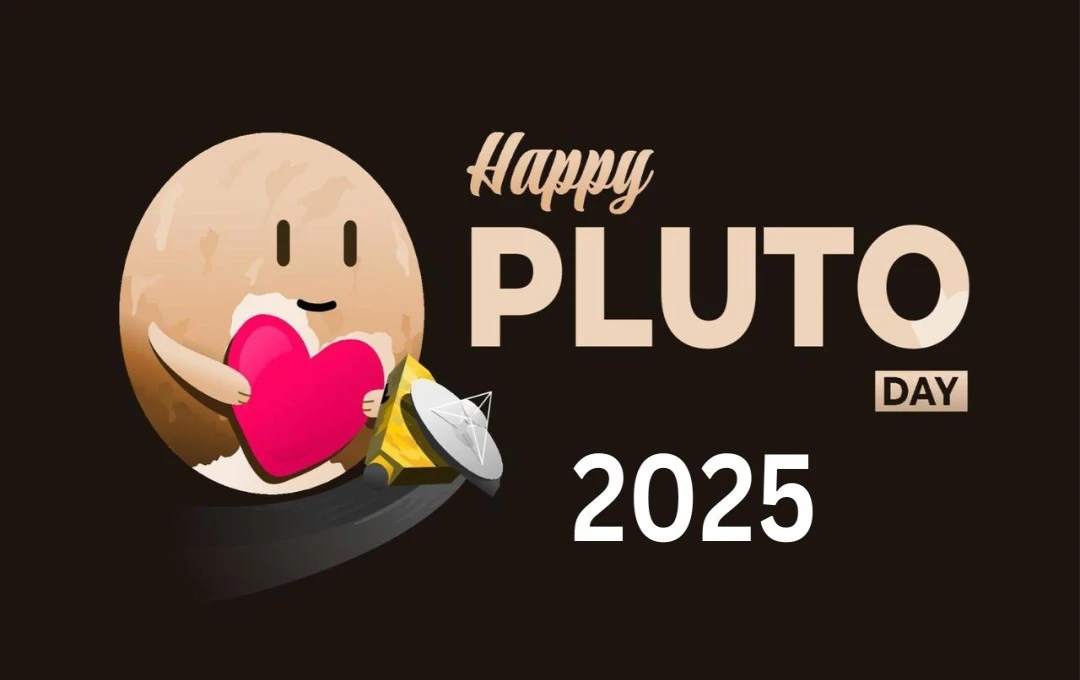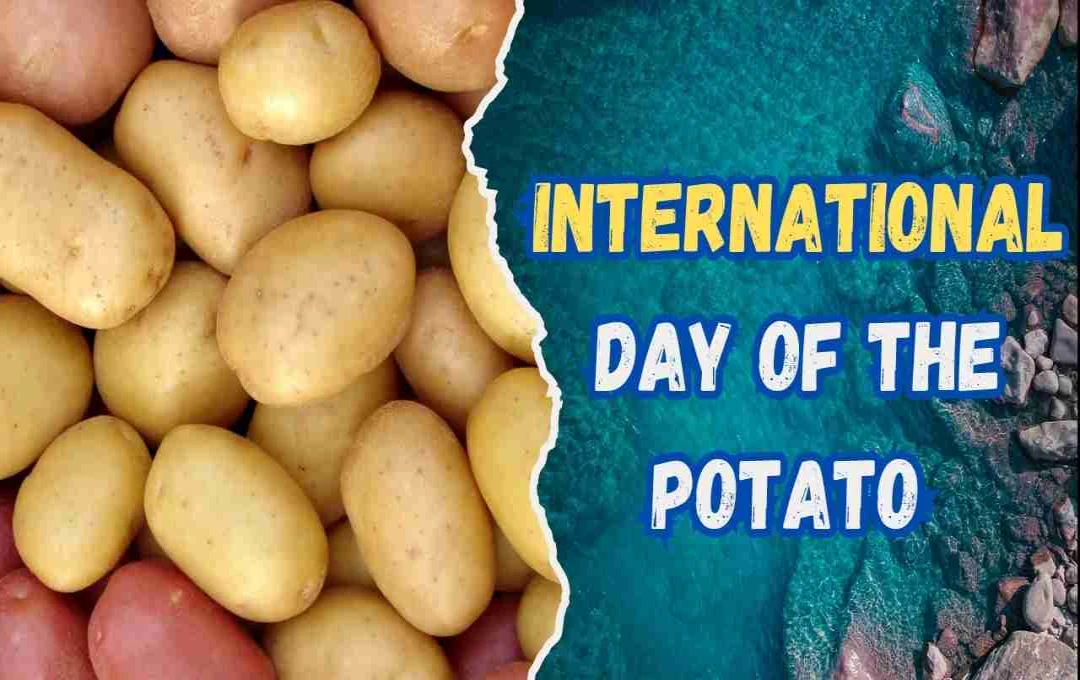Pluto is the largest dwarf planet in our solar system. Once considered the ninth planet, it is now recognized as the largest known object in the Kuiper Belt. Clyde Tombaugh discovered Pluto in 1930, but in 2006, it was reclassified from a planet to a dwarf planet. It remains a fascinating object of scientific study, with the New Horizons mission (2015) yielding significant new information.
Size and Orbit
* Pluto is only about one-third the size of Earth's moon.
* Its orbit is highly eccentric (elliptical), causing it to sometimes move inside Neptune's orbit and at other times much farther away.
* Its distance from the Sun varies between 30 and 45 astronomical units (4.4 to 7.4 billion km).
* It completes one orbit around the Sun in 248.09 years.
Pluto's Color and Seasonal Changes

Pluto's diameter is approximately 2,300 km, only 18% of Earth's diameter. Its color is a mixture of black, orange, and white. Its surface displays a variety of rocks and frozen gases, making it one of the most colorful dwarf worlds in the solar system. Unlike most solar system objects which exhibit less surface color variation, Pluto's uneven color distribution is unique.
Studies conducted between 1994 and 2003 observed changes in Pluto's colors. The north pole became slightly brighter, while the south pole darkened. Scientists believe this could indicate seasonal changes on Pluto. Due to its highly elliptical orbit, Pluto experiences extremely slow but significant seasonal variations.
Pluto's Atmosphere and Moons
Pluto's atmosphere is very thin and primarily composed of nitrogen (N₂), methane (CH₄), and carbon monoxide (CO). When Pluto moves farther from the Sun, its surface temperature decreases, causing some atmospheric gases to freeze and fall as snow onto the surface. When Pluto approaches the Sun, the frozen gases sublimate back into the atmosphere.
Pluto's Five Known Moons

* Charon – The largest moon, with a diameter roughly half that of Pluto (discovered in 1978).
* Nix – A smaller moon discovered in 2005.
* Hydra – Another smaller moon discovered in 2005.
* Styx – Pluto's fourth moon.
* Kerberos – Discovered on July 20, 2011, with a diameter of approximately 30 km.
Notable Features of Pluto

1. Orbit: Pluto's orbit was unusual compared to other planets. While other planets orbit the Sun in relatively circular paths, Pluto's orbit brings it much closer to and much farther from the Sun at different points.
2. Orbital Inclination: Pluto's orbit was tilted compared to the other planets. While other planets have relatively flat orbital planes, Pluto's orbit is inclined. This prevented Pluto and Neptune's orbits from intersecting, eliminating the risk of collision.
3. Size: Pluto was significantly smaller than other planets. Previously, Mercury was the smallest planet, but Pluto was even smaller.
These factors led astronomers to suspect Pluto might be an escaped moon of Neptune, although this possibility was considered unlikely given their distance. Then, after the 1990s, scientists discovered many trans-Neptunian objects with similar orbits, appearances, and compositions to Pluto. This region was named the Kuiper Belt, and scientists now believe it is filled with such objects, of which Pluto is just one.
Between 2004 and 2005, large objects like Haumea and Makemake were found in the Kuiper Belt (slightly smaller than Pluto), and in 2005, Eris, larger than Pluto, was discovered beyond the Kuiper Belt. All these objects differed from planets but shared similarities with Pluto.














